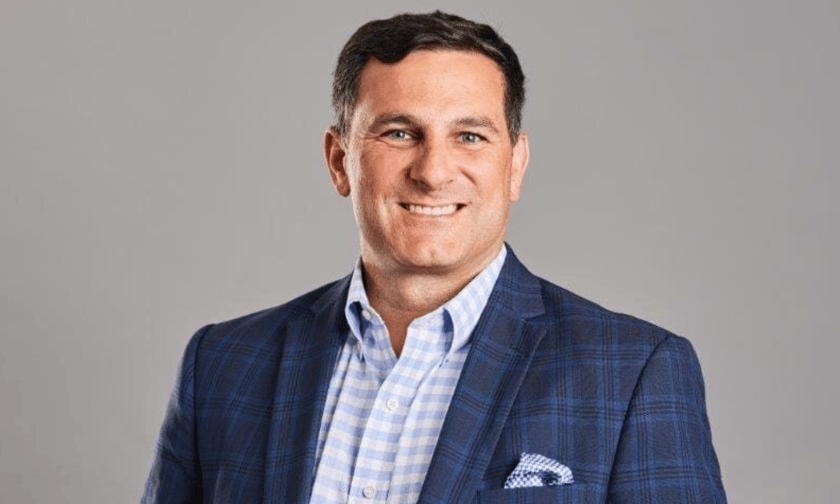

Carl Bloomfield (pictured), president and chief operating officer of Graham Company, a Marsh McLennan Agency Company, has seen first-hand the changes in the landscape of alternative risk financing over the years.
“Captive insurance companies, though not a brand-new concept by any means, are increasingly being embraced,” he explained.
Bloomfield emphasizes the role of segregated cells and rental type captives in this shift – these structures, with lower capitalization costs, have made it easier for insureds to utilize alternative financing.
“The rapid growth of segregated cells and rental type captives have been driven by their much lower capitalization costs and easier access for insureds,” he added.
Bloomfield explained that traditional group captives typically limit coverage to workers’ compensation, general liability and auto, but newer structures like segregated cell Series LLC and rental captives offer more flexibility.
“These other captive structures, segregated cell Series LLC and rental captives, are easy to quickly establish, provide flexibility, and offer a creative solution to the multitude of risks that companies face,” he added.
The evolving market conditions, such as the hard market and inflation, have driven this shift. Bloomfield pointed out that companies facing huge increases year-over-year on property insurance have started seeking alternatives.
“We’re seeing property insurance premiums rise from 20% to 50% and in some extreme cases 100% to 300% year-over-year,” he added. “As insurance companies and reinsurers force higher retentions, it creates a great opportunity for insureds to take some of that retention, pre-fund it into a captive, and reap the rewards.”
One of the innovative approaches Bloomfield discussed was project-specific insurance, tailored for unique risks. He shared an example of a project for the University of Pennsylvania, where a project-specific cyber liability policy was implemented. The build utilized an innovative method called Integrated Project Delivery, or IPD, where all key parties work together through the design, fabrication and construction process using a common Building Information Modeling (BIM) technology.
“There was a lot of concern over what would happen if that technology was unavailable, hacked or manipulated by a bad actor,” Bloomfield said. The cyber liability policy provided peace of mind by ensuring that the building plans and technology could be restored if compromised.
Bloomfield also highlighted Graham Company’s proprietary PRIME Process, (P2RIME®), which stands for preparation, prevention, risk transfer, insurance, mitigation, and education. This process allows Graham to analyze and address weaknesses in an insured’s risk management strategy.
“At Graham, we use P2RIME® to dive deep into areas like fleet safety and management,” he said. “Ultimately, people still make bad decisions, and our job is to proactively help clients mitigate those risks.”
The increasingly complex risk landscape demands innovative solutions and a focus on both insurable and non-insurable risks. Bloomfield said that most top risks that CEOs are concerned about are not insurable.
“If you look at the top 10 risks that most CEOs are concerned about, only a handful of those risks are actually insurable,” he added. This reality has shaped Graham’s vision to help clients comprehensively address their biggest risks, whether insurable or not. The partnership with Marsh McLennan Agency in August 2023 has significantly bolstered Graham’s capabilities.
“We now have access to the largest risk management consultant in the world, “ Bloomfield said.
And, looking ahead, Bloomfield sees several challenges, particularly related to the labor market and mental health impacts post-COVID.
“The labor market will continue to be difficult, and mental health is a major challenge,” he said. “We have to understand the person that comes to work every day, and provide the resources and support to ensure they bring their full, healthy self with them.”
Bloomfield also said that the increasing interest in parametric insurance, which offers predefined payouts based on specific coverage triggers, is particularly useful for large-scale construction projects impacted by weather.
“We’re seeing increased interest in parametric insurance,” he concluded.
